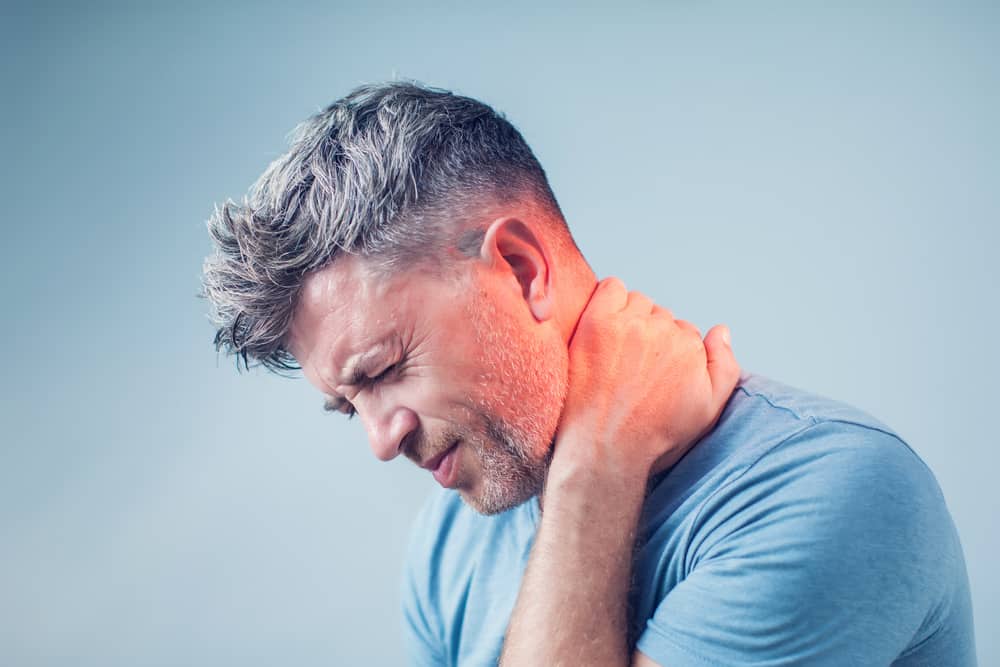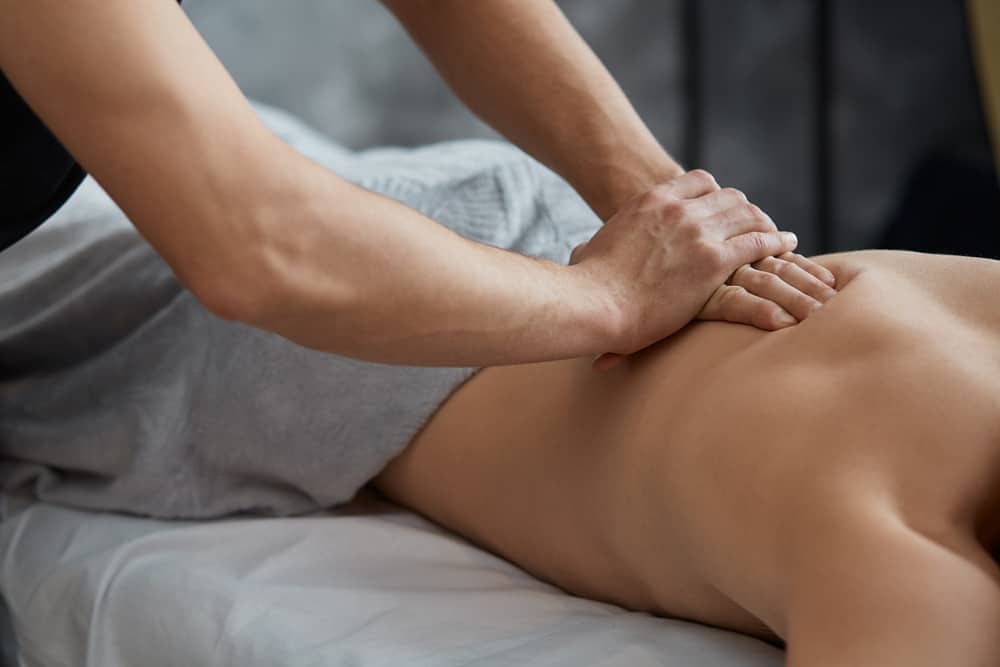6 Science Backed Tips For Effective Pain Management

Pain is annoying, but it has a purpose. It alerts you when something’s wrong with your body. Nevertheless, the pain should only be temporary and go away once the specific injury is completely healed. However, for most people, it can linger for weeks, months, years, and even a lifetime causing suffering and interfering with their quality of life.
Fortunately, there are several ways and treatments, backed by science and several studies, to effectively manage your pain so you can feel and live better. If you want to start living your best life, it’s in your best interest to search for terms like “pain clinic near me” or “pain doctors near me” on Google so you can seek relief immediately. Here are some of them:
1. Get The Right Medications
Doctors often recommend getting over-the-counter (OTC) drugs to help you control pain and inflammation from chronic arthritis, headaches, and other conditions. Typical OTC drugs for pain include acetaminophen commonly known as paracetamol and non-steroidal anti-inflammatory drugs (NSAIDs), such as ibuprofen.
While both types of drugs can help relieve pain, there are key differences between the two. When considering ibuprofen vs paracetamol, the former can relieve common pains and inflammatory symptoms such as muscle stiffness, aches, and headaches. Meanwhile, paracetamol is used to manage pain with other symptoms, such as fever.
However, it’s important to remember that both drugs can have serious side effects. For instance, taking too much paracetamol can cause liver damage, while NSAIDs may increase the risk of high blood pressure and kidney damage. So, make sure to consult with your doctor before taking these medications, even if they’re OTC drugs.
If OTC drugs don’t provide relief or you still experience severe chronic pain such as low back pain, neuropathic pain, or cancer pain, your doctor may prescribe stronger medications. These include Tramadol, morphine, prescription NSAIDs like celecoxib, muscle relaxants, or a short course of stronger painkillers such as fentanyl, codeine, and oxycodone.
2. Use Topical Pain Relievers
When your muscles ache or your joints are painful, topical painkillers may provide relief. Topical pain relievers such as lotions, creams, rubs, and patches contain key ingredients such as menthol, NSAIDs, salicylates, and more. These key ingredients help manage pain and inflammation. Topical pain relievers can also help treat arthritis, sore muscles, and joint pain.
Moreover, these topical analgesics are rubbed on and absorbed by the skin, acting on the tissue beneath. This helps reduce inflammation and numb the area. Experts also agreed that some ingredients in topical pain relievers, such as counterirritants, like menthol and capsaicin, can stimulate the nerve endings under the skin to reduce pain sensitivity.
3. Physical Therapy
Physical therapy is one of the most viable options for rehabilitating from an injury or dealing with chronic pain. Several studies revealed that physical therapy could help reduce pain by training the body to strengthen. It also increases your mobility and improves overall well-being.

In addition, physical therapy involves several techniques to stretch and strengthen your muscles and joints. Depending on your pain source and several other factors, your physical therapy routine may include stretching and strengthening exercises and low-impact aerobics training. It also has other pain-relieving methods, such as light therapy, electrical stimulation, heat and cold therapy, and more.
4. Stay Active
While most people associate exercise with staying fit and losing weight, it comes with more important benefits, including managing pain. Studies show that exercise is a critical aspect of treating chronic pain.
Meanwhile, most people suffering from chronic pain tend to avoid activity to prevent pain flare-ups. However, sedentary living can worsen the pain and make you less likely to complete daily activities.
Moreover, studies show that staying active and exercising can reduce or eliminate pain by improving flexibility, strength, and balance. Also, regular exercise can help reverse the downward cycle of deconditioning, which only worsens the pain.
Furthermore, exercise helps control your weight which can cause more pressure on your weight-bearing joints, thereby reducing pain. Plus, fat tissue sends chemical signals to the brain, increasing inflammation. So, by working out and managing your weight, you can help keep pain at bay while enjoying a healthier body.
5. Relax
It can be difficult to relax if you’re feeling pain. However, too much stress can contribute to higher pain levels. Negative feelings such as stress, anxiety, and anger can increase your body’s sensitivity to pain and help increase muscle tension.
Therefore, if you want to reduce pain, you need to learn how to control your stress using several relaxation techniques. Here are some of them:
- Deep breathing techniques
- Listening to calming and soothing music
- Mental imagery relaxation
- Meditation
- Progressive muscle relaxation
These relaxation methods help ease muscle spasms, tension, pain, and aches. In addition, they promote the release of endorphins, which are your body’s natural painkillers.
6. Massage
Massage comes with several benefits that can lower pain levels. For one, massage helps induce relaxation and eliminate stress. As mentioned earlier, less stress and improved relaxation can help reduce the body’s sensitivity to pain and encourage the production of pain-relieving hormones.
As a type of soft-tissue manipulation, massage helps stimulate the affected areas to increase flexibility, reduce stiffness, and ease inflammation. Also, when pain is felt in your body whether in your neck, shoulder, or lower back this means your muscles tighten around the area.
Muscle tension restricts blood circulation and limits movement, which can cause pain. Nevertheless, massage therapy can help break down this cycle of pain. Every massage stroke releases tight muscles, allowing for better blood circulation.
On the other hand, studies show that massage is found to be effective in relieving lower back pain. However, mixed evidence shows its benefits for different types of chronic pain. While massage therapy can help manage pain on its own, you can maximize its results by combining it with other pain management treatments, such as pain medication and physical therapy.
Takeaway
Takeaway
As you can see, there are a variety of methods to manage chronic pain. And most of the above tips, along with products from a pain patch supplier are backed by science and several studies, ensuring their effectiveness to reduce pain levels or improve your coping strategies.
However, it’s best to practice caution and talk to your doctor before trying any medication or pain management methods to ensure they’re safe for you.




